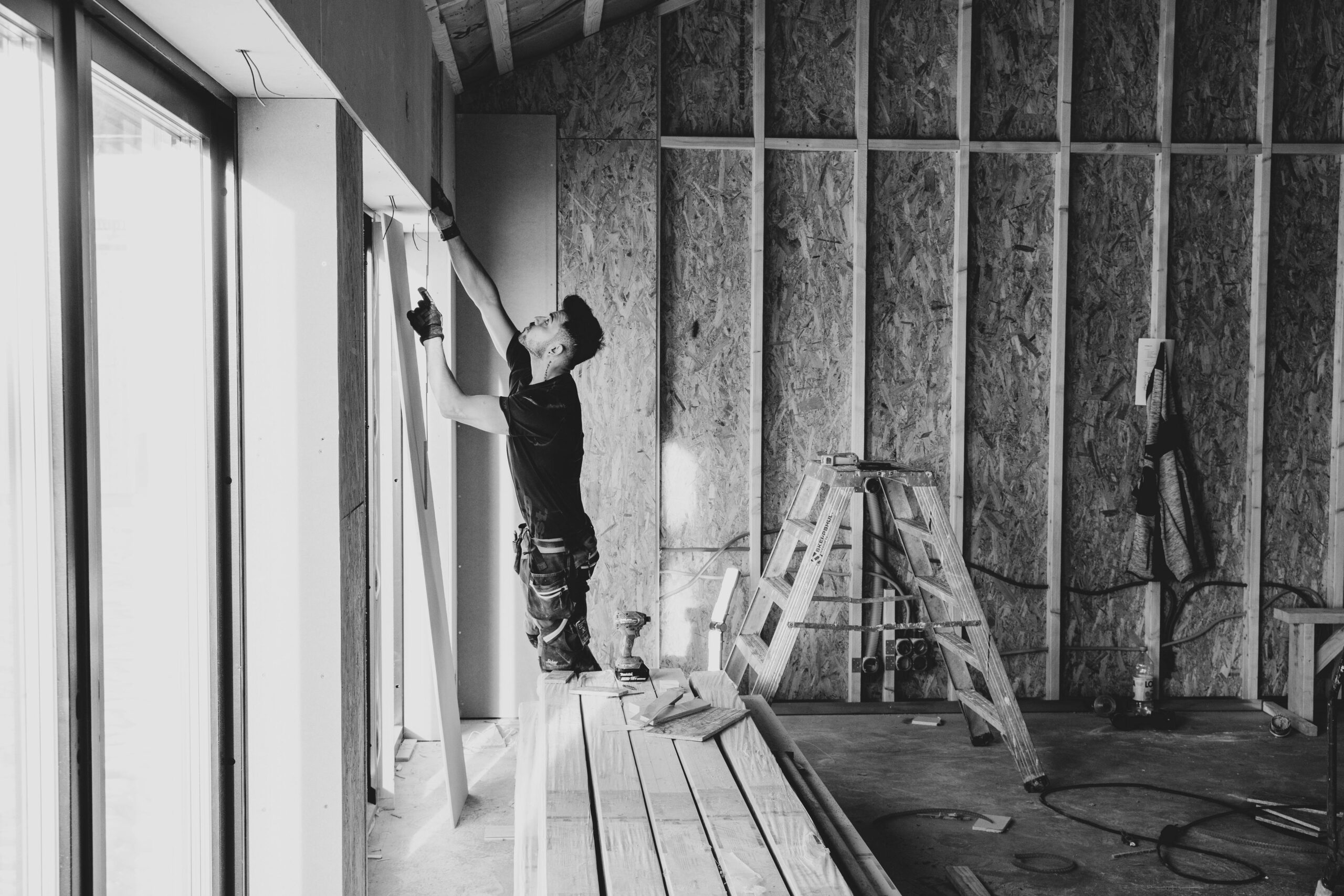
13 Feb Why New Construction Properties Are Dominating the Market This Year
Recent changes in the real estate industry favor new rental properties as investors choose them for their properties. Paying for maintenance and insurance and confronting rising material prices makes older properties heavy financial burdens on investors. Modern residential properties produced with energy efficiency in mind demand less maintenance while gaining easier tenant attraction and generate superior long-term investments for property owners.
The specialists at Rent To Retirement guide investors by using their knowledge to help them take advantage of increasing demand for new rental construction properties. An analysis of the factors that drive this market modification starts now.
1. High Maintenance Costs of Older Homes
The construction age of homes determines how often and costly maintenance will become due to age-related depreciation. Periodic home system deterioration affects essential components like plumbing and electrical wiring and heating and ventilation units which force landlords to pay for frequent significant replacements in aging buildings.
The National Association of Home Builders reveals houses built between 1960 and 2000 need annual repair expenses reaching 8% of their market value but contemporary houses from the 2010s need only 2%.
Advantages of New Construction:
Modern construction materials along with contemporary building systems need minimal repairs.
Most modern homes include warranties to protect different essential system components during a ten-year period.
The combination of lower upkeep costs leads to better financial profits alongside diminished property maintenance workload.
2. Older Homes Come with Higher Insurance Costs
Property investors stay away from older homes because insurance premiums increase significantly for these homes. Old homes above 30 years old attract premium prices from insurance providers because they present elevated structural breakdown risks to the insurer. According to insurance company records older houses require policy payments which exceed newly constructed properties by up to 75%.
The cost of property insurance tends to be lower when you buy a new home instead of a used residence.
Newer properties succeed in following all current building regulations that lead to decreased security threats.
The construction methods in these properties include windows and roofs designed to withstand hurricanes alongside reinforced structures.
The risk of fires and flooding damage along with other structural failures is reduced for these properties.
3. Tenants Prefer Modern Amenities
The current generation of renters seeks enhanced properties in their housing selection procedure. Research shows that upgraded kitchen appliances motivate more than one-third of tenants to raise their payments and modern features encourage rental increases from more than half of potential tenants.
Renters commonly opt for new and modern properties above older houses because older properties typically offer outdated layouts combined with outdated appliances and low efficiency which creates an unattractive living environment.
What Attracts Tenants to New Construction:
Energy-efficient appliances that lower utility bills.
New houses now have modern open rooms with contemporary decorative changes inside.
A move-in-ready experience with minimal maintenance concerns.
New construction rentals establish substantial rental rates and minimize vacancy while fulfilling what tenants seek in their rental properties.
4. The Rising Cost of Renovations
The increasing material costs are coupled with heavier expenses for renovation projects because they require extensive unknown repairs along with labor-intensive construction methods. A property needs both extended time and significant financial resources to bring its standards into accordance with contemporary requirements.
Why New Builds Offer a Financial Advantage:
The building materials used for construction are durable standardized products that require less maintenance.
The need for time-consuming renovation work as well as costly expenses disappears.
5. Insurance Challenges in High-Risk Areas
High insurance rates throughout states including Florida and California push landlords to develop new business approaches. Insurance companies have raised property rates by more than 60 percent since 2016 because they reduced their coverage due to heightened natural disaster threats.
How New Construction Reduces Risk:
Properties designed with enhanced protective elements that include elevated base construction and material components with enhanced resilience properties.
Properties with low-risk propositions attract contestable insurance rates because they present reduced insurance coverage costs.
6. Energy Efficiency Saves Money
The rising costs of utilities have made energy-efficient properties a top concern for residential property owners including landlords and their tenant populations. The U.S. Department of Energy confirms that green-certified houses reach energy savings between 20% and 30% compared to standard homes but some buildings succeed in reaching 60% reductions.
Benefits for Investors:
Attract eco-conscious renters.
Users can obtain energy tax incentives because their properties meet certain requirements.
Reduce long-term operating expenses.
The Smart Investment Choice
Real estate investors gain financial benefits from new construction properties which reduce costs and improve both insurance rates and market demand and provide energy conservation opportunities. New builds in your real estate investment portfolio offer a reliable and profitable prospect to both veteran and beginning investors.

